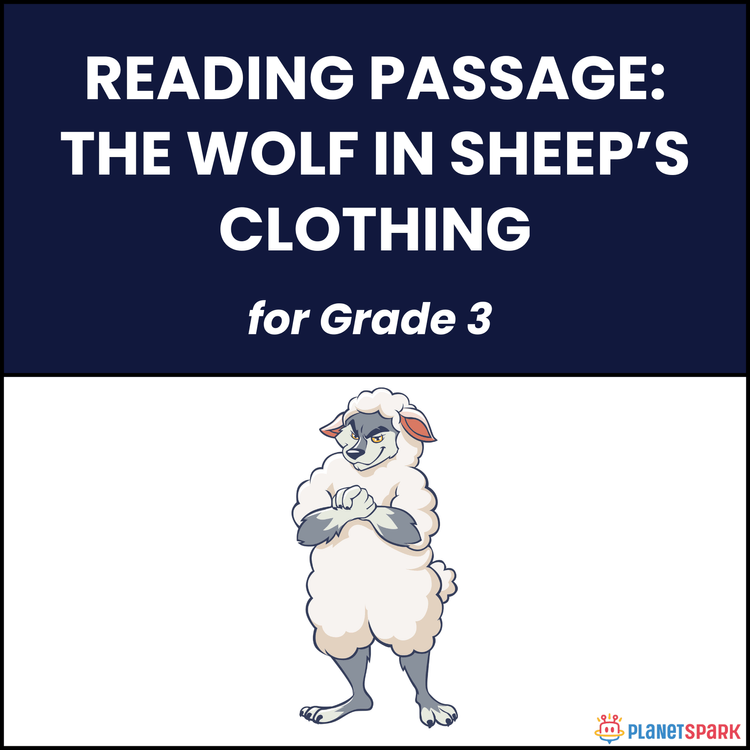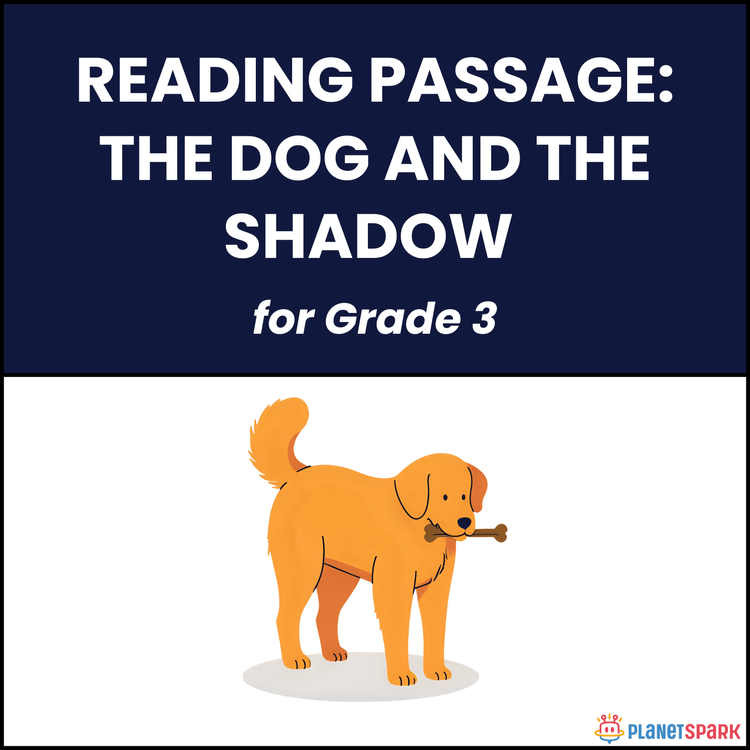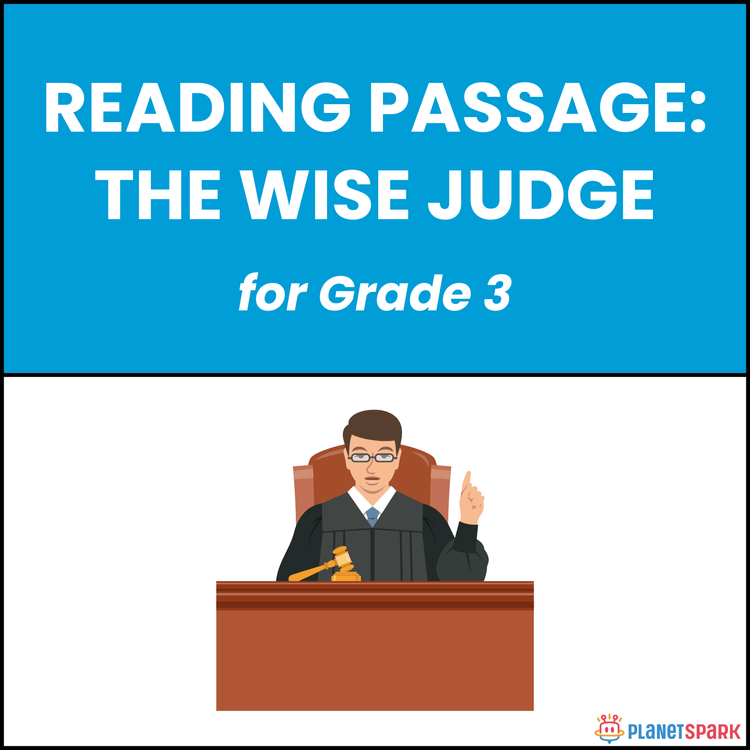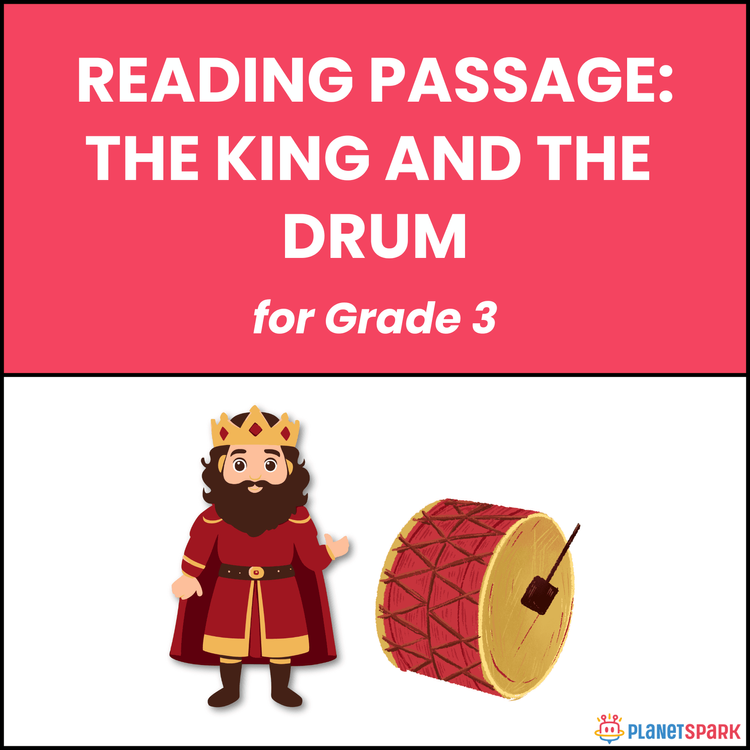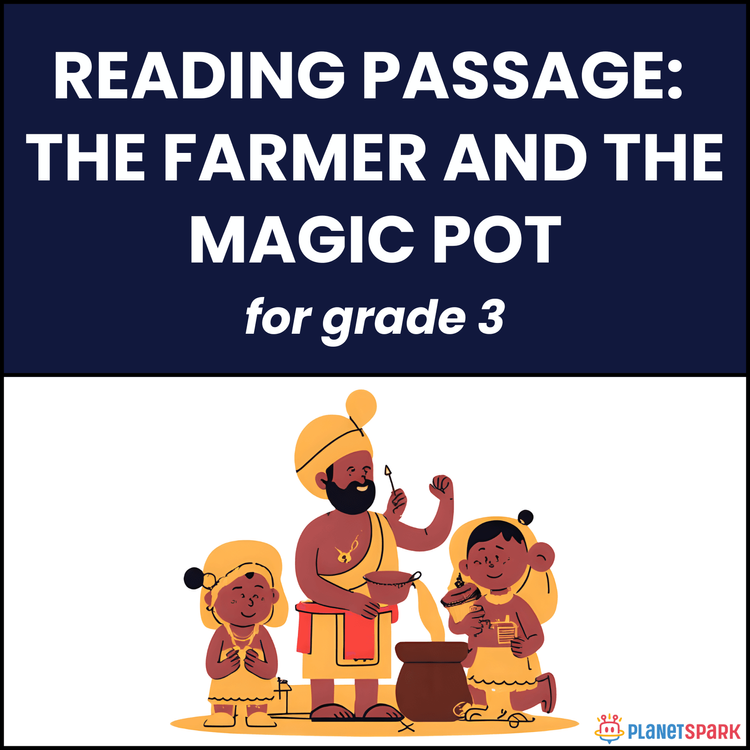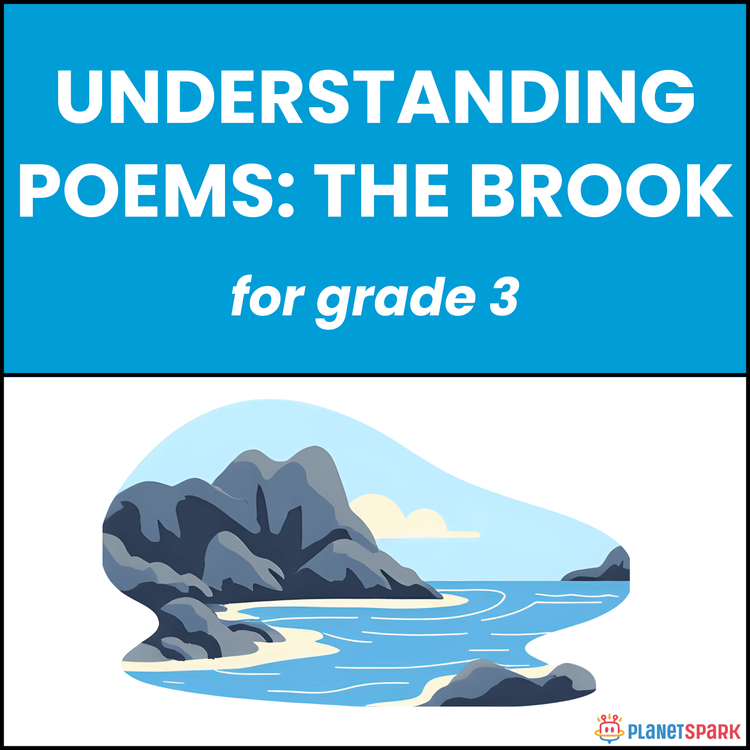Grade 3 Understanding Poems on The Solitary Reaper


Grade 3 Understanding Poems on The Solitary Reaper
Melody in the Meadow: The Solitary Reaper – Reading Comprehension for Class 3
This Grade 3 reading comprehension worksheet brings to life the beautiful poem "The Solitary Reaper", where a young girl sings alone in a golden field while cutting crops. Her song is so sweet and soulful that a traveller stops to listen, moved by the beauty of her voice. The poem helps children explore feelings, imagery, and rhythm while practicing core comprehension skills.
Students will enjoy activities that test understanding and imagination through multiple-choice questions, short written responses, and reflective tasks. This worksheet develops emotional literacy, helps interpret poetry, and encourages students to connect words with feelings — making literature come alive for young readers.
Why Reading Comprehension Matters in Grammar?
Comprehension isn’t just about reading — it’s about understanding the heart behind the words. For Grade 3 learners, this topic is important because:
1. It builds empathy and imagination through poetic stories.
2. It strengthens reading fluency and contextual understanding.
3. It teaches how to identify main ideas and emotions.
4. It encourages clear sentence framing and expressive thinking.
What’s Inside This Worksheet?
🧠 Exercise 1 – Multiple Choice Questions
Students choose the correct answers about who sang in the field, what the traveller did, and how the song made him feel.
✏️ Exercise 2 – Short Answer Questions
Learners describe where the girl stood, what she was doing, and how the traveller felt in his heart.
📚 Exercise 3 – Reflective Thinking Questions
Students think deeply about why the traveller stopped, how the poet shows beauty through words, and what the poem teaches about music and emotion.
📝 Creative Thinking Extension
Children give their own title to the poem in 5–7 words, summarizing its theme and feeling.
✅ Answer Key (For Parents & Educators)
Exercise 1 – Choose the Correct Option
1. d) A little girl
2. a) He stopped and listened
3. c) Joyful
Exercise 2 – Short Answer Questions
1. The girl was standing alone in a golden field.
2. She was cutting crops while singing a song.
3. He felt happy and peaceful inside.
Exercise 3 – Reflective Thinking Answers
1. He stopped because the song was beautiful and touching.
2. The poet shows beauty through soft, clear words and images of light and sound.
3. The poem teaches that music can touch hearts beyond words.
4. Suggested Title: "The Girl Who Sang in the Fields"
Help your child connect emotion and expression through poetry while improving comprehension, vocabulary, and reflective thinking!
Encourage your young reader to listen, feel, and interpret beautifully written words with this poem-based worksheet.
🔖Book a free trial!
Frequently Asked Questions
They teach children to sense feelings in words and connect nature’s beauty with human emotions.
Rhythm helps learners read with expression, improving memory and appreciation for English poetry.
They can discuss how poems describe nature and feelings, encouraging expressive reading habits.
